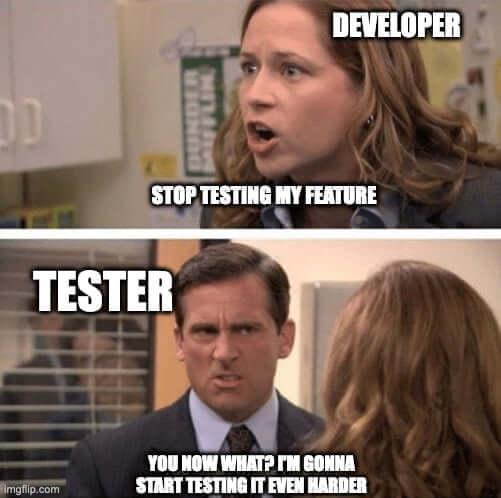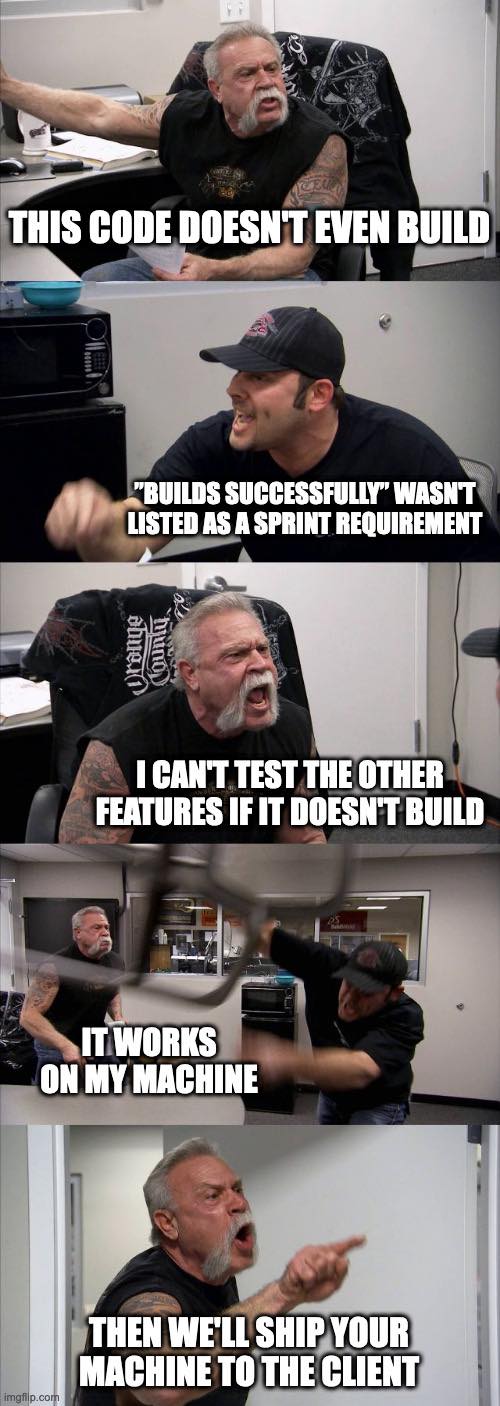When it comes to web design, simplicity is not valued enough. Simplicity is important - but why? Simplicity reduces navigation confusion, makes the website look more sophisticated and can help in increasing site conversions (sign ups, contacts).
All too often, web designers tend to miss the point of simplicity and over do the amount of information given on a single page - the need to get everything across at once can seriously hinder how much a website visitor is able take in. Over complicated pages can lead to higher than average bounce rates or lower on-page conversions.
We thought we’d share with you some top tips to simplify your website.
-
Keep things along the 80-20 rule
-
Use the Pareto principle which is that 80% of the effects come from 20% of the causes. This means taking away as much as you can from your design that will not lead to any type of conversion. Take things back to the bare essentials and make those work properly
-
-
Embrace few colors in your theme
-
Does a monochrome color scheme work for you? If not, try out as few colors as possible. Work towards a design that requires less effort for your website visitor to process. Fewer colors will also give your site a sleek, classic look
-
-
Keep copy short and sweet
-
Embrace compelling copy but keep things shorter and to the point. Make your point quickly and keep things easy-to-read by sticking to a few key points. Use shorter sentences, and keep paragraphs to a maximum of 3-4 sentences for easy reading.
-
-
Fix your navigation
-
Often many sites have over complicated and lengthy navigation options. Remember to include navigation to your list of things to simplify today. Keep important and key pages in your navigation bar. Remove excess clutter and keep all navigation menus visible. Other key things to keep in mind is the use of universal icons as well as ensuring a sitemap in your footer - these are all standard items that visitors look for.
-
 BUT...
BUT...
 It is not like we want to detroy what you have created but...
It is not like we want to detroy what you have created but...
 And we have to report it, it is our job...
And we have to report it, it is our job...
 It is not like we think
It is not like we think
 I mean
I mean


 I know you think
I know you think
 But remmember we are here to help xD
But remmember we are here to help xD
 Happy Holidays to ya'll folks!
Happy Holidays to ya'll folks!


